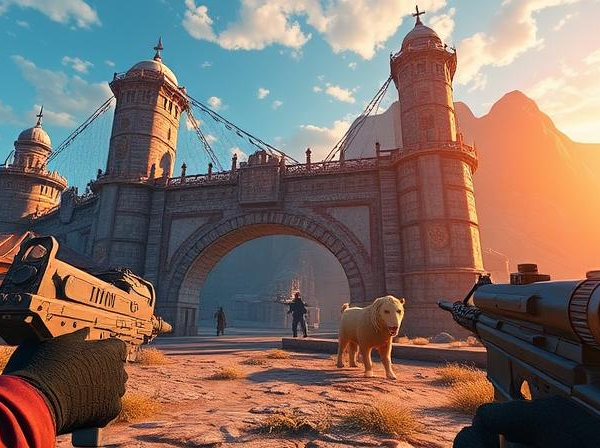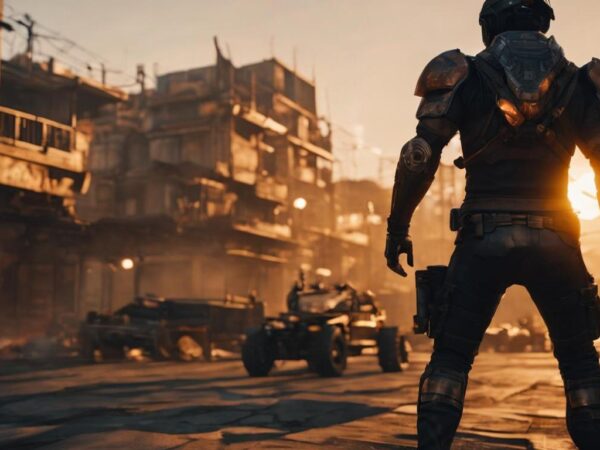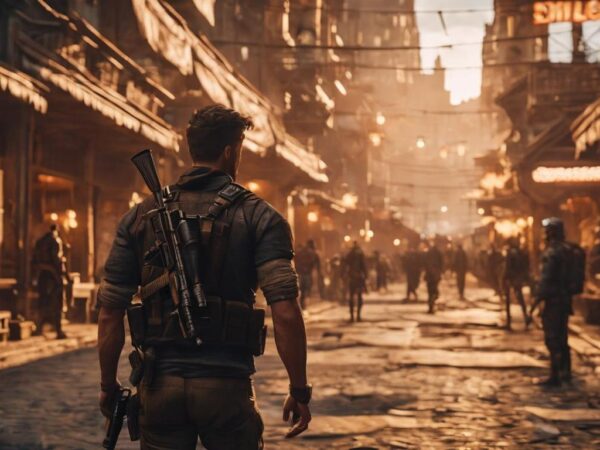Exploring the Intricate Storytelling of Death Stranding: A Deep Dive into Hideo Kojima’s Masterpiece
Introduction
Hideo Kojima is one of the most acclaimed and celebrated game designers of all time. He’s known for his work on franchises like Metal Gear Solid and Zone of the Enders, but perhaps his most impressive achievement was creating a new kind of storytelling that changed the way we think about interactive entertainment. In this article, I’ll take you through each element of Death Stranding in detail to show why it’s such an innovative story—and why it deserves another chance at life.
Exploring the Intricate Storytelling of Death Stranding: A Deep Dive into Hideo Kojima’s Masterpiece
If you’re a fan of Hideo Kojima and his work, then you already know that Death Stranding is one of the most anticipated games of this generation. The trailers have been intriguing, but it’s difficult to get an idea of exactly what kind of game it will be until we can play it ourselves. To help shed some light on what makes Death Stranding so special, let’s take a look at how much care went into crafting its intricate storytelling elements.
The plot itself is complex and interesting enough that it could stand on its own without being told through gameplay or cutscenes–and yet there are plenty of those too! In fact, there are so many cutscenes that even though I’ve finished every single one (and loved them all), I still haven’t seen every single one yet due to how long each takes (they average around 10 minutes each). Each one has its own unique style as well: some feel like documentaries about certain aspects in-game (like how humanity came back from extinction), while others highlight specific characters’ stories through interviews with other characters who knew them best before their untimely demise/disappearance…
The Theory
In this section, we’ll explore the theory that Death Stranding is a metaphor for life and death. The characters in the game are dead, but they don’t know it yet. They’re stuck in purgatory until their time comes to pass on into their next stage of existence.
The first piece of evidence for this theory comes from an interview with Hideo Kojima at E3 2019 where he said: “Death Stranding is not about me dying or anyone else dying; it’s about what happens after we pass away.” In other words, Death Stranding isn’t about what happens when you die–it’s about what happens after death! This line makes sense once you consider that every person who dies leaves behind something called an “energy body” or “astral body” which carries all their memories and experiences throughout life into whatever comes next (according to some religions). This ties directly into how Norman Reedus’ character Sam refers to himself as being dead already when speaking with Mads Mikkelsen’s character Déjà Vu during one gameplay sequence:
The Plot
The story of Death Stranding is complex, but it’s also simple. The game begins with a man named Sam waking up on a beach with no memory of how he got there and no one around him. As the player guides Sam through the world, they discover that he must save mankind from an unknown disease that has killed off most of humanity and left those who remain stranded in an alternate dimension called The Void.
The plot itself doesn’t seem too different from other games or media–it’s a post-apocalyptic story where one person must fight against all odds to save everyone else–but what makes this game unique is its presentation: Players don’t know much about what’s going on until they find clues throughout each level; then they piece them together into something greater than themselves by connecting dots between seemingly unrelated events across different areas and timelines within each level (or sometimes outside of them).
The Characters
The characters of Death Stranding are some of the most interesting in gaming. The protagonist is Sam, who wakes up on a beach surrounded by corpses and soon meets LUDENS (pronounced “ludes”). Ludens is an organization that appears to have been working on something related to life after death for some time; its members wear masks similar to those worn by ancient Greek actors, and speak in cryptic riddles about their work.
The Man in the Golden Mask has been shown at various points throughout trailers for Death Stranding, but we haven’t learned much about him yet–except that he’s very powerful and seems interested in Sam’s baby son. This character may be one of many iterations of The Wandering Fisherman from Kojima Productions’ previous game P.T., who was also seen wearing a golden mask with scarred cheeks like this one:
The Baby is obviously important to whatever happens next; he seems capable of bringing people back from death (or perhaps just causing their bodies not to decay), which means he could potentially change everything we know about life after death as we understand it today!
Conclusion
The story of Death Stranding is a beautiful, mysterious one that was unlike anything we’ve seen before. The game has left us with so many unanswered questions, but it also gave us something to think about and explore ourselves–which is what makes this game so special. I hope that this article has helped you understand some of the intricacies of Hideo Kojima’s masterpiece and appreciate just how incredible it really is!











